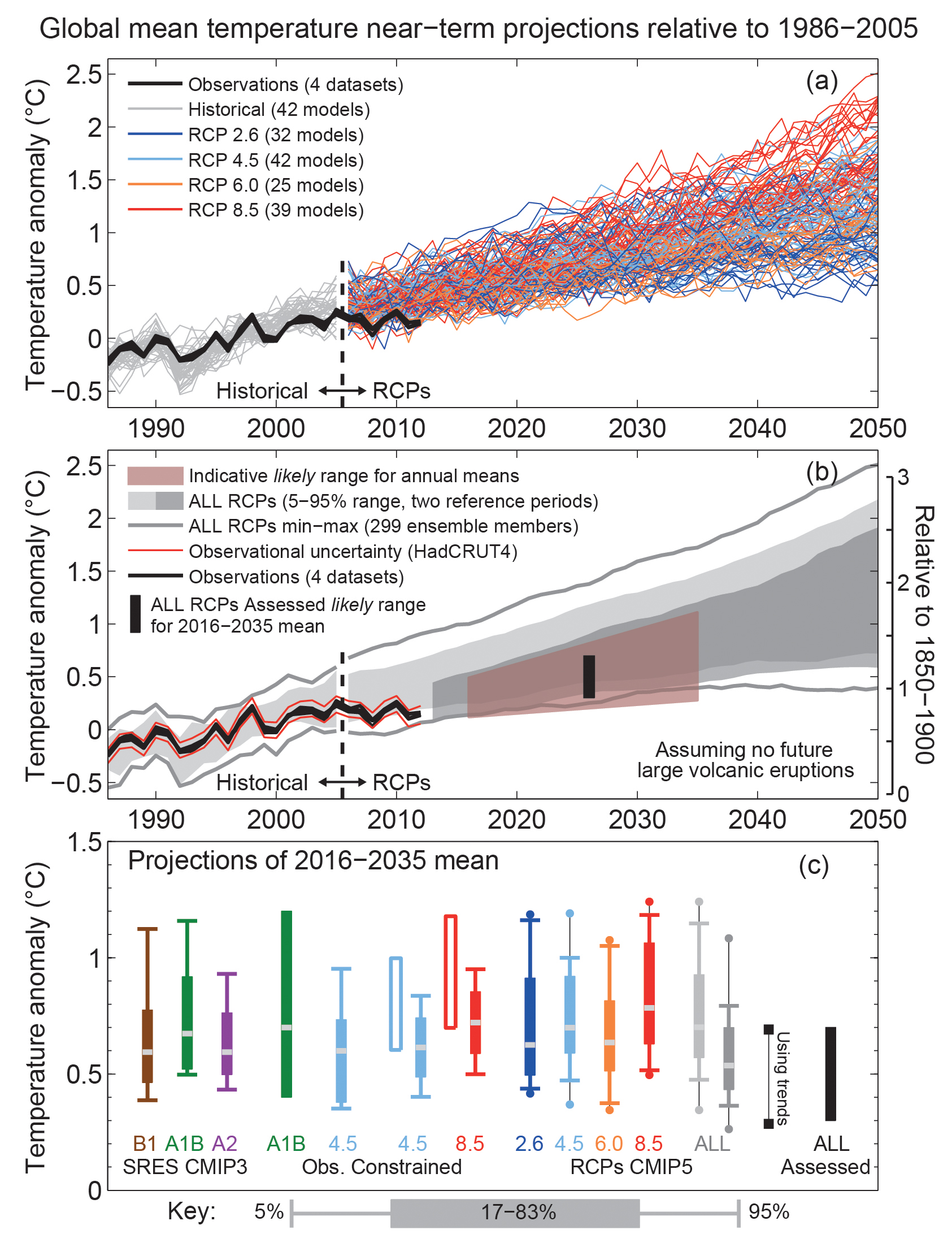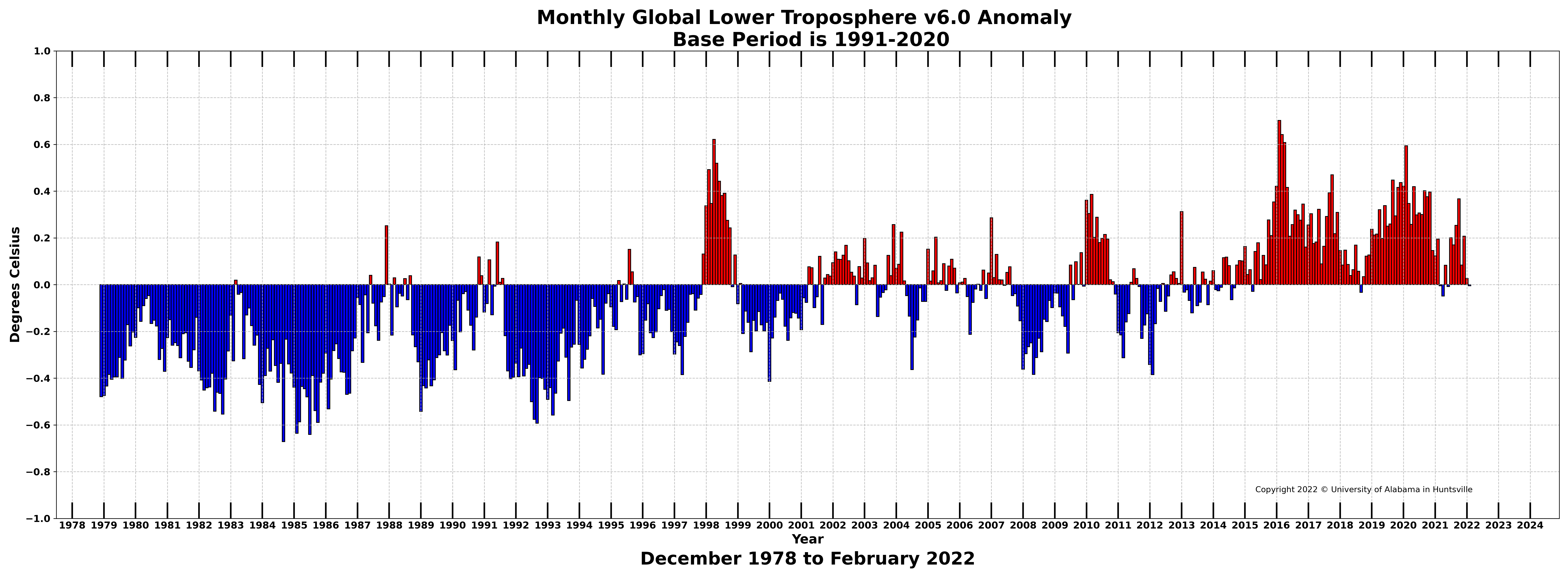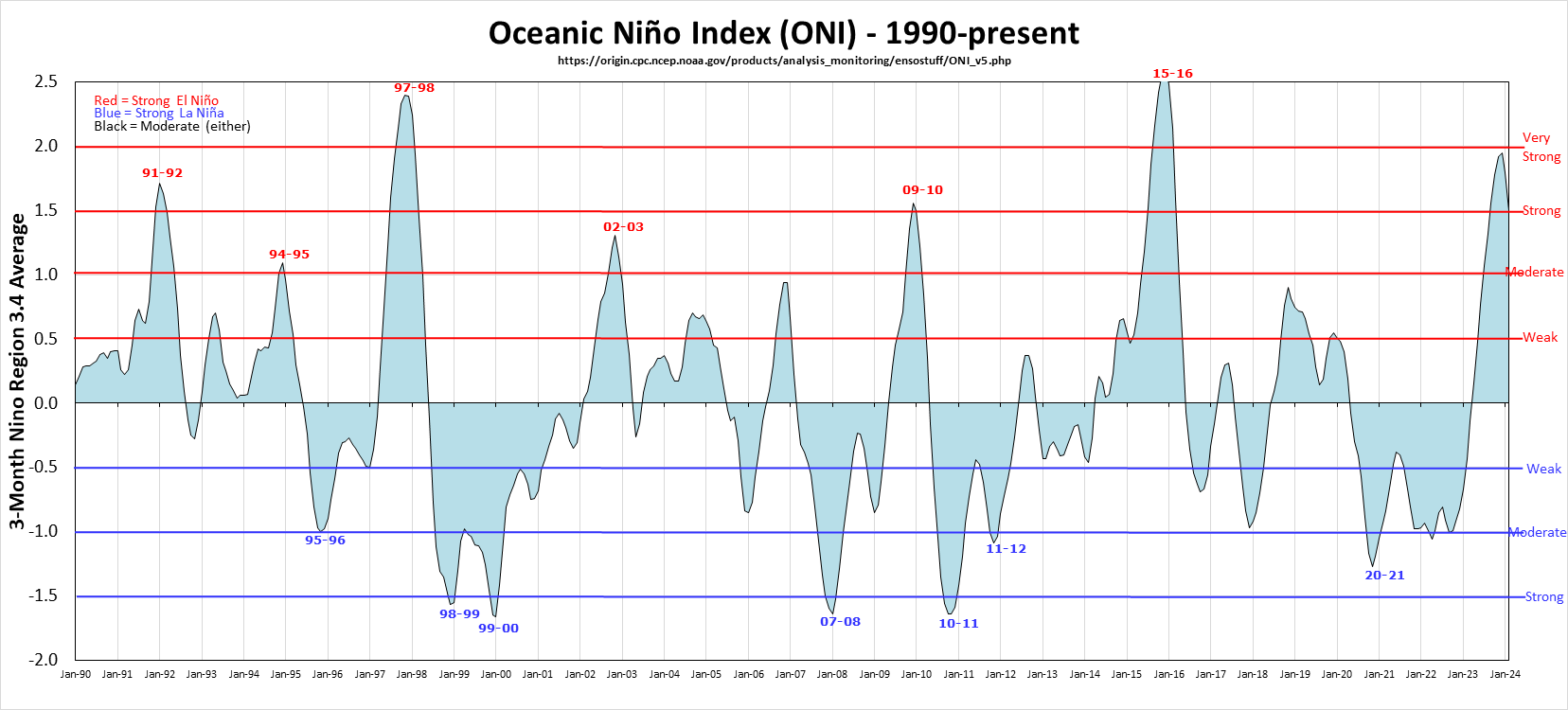It is not widely understood that almost all the dire predictions about climate change are based on computer-generated climate models, not on measurements of climate phenomenon. Here's a sample of publications:
National Climate Assessment (2014)
The last two are massive reports widely accepted as accurate summaries of the current (at the time) state of climate science. All of their future predictions are derived from climate models, not projections of current measured trends.
Once you start to notice that the studies and news articles predicting some impending disaster from global warming often state something like "models predict..." or "based on GCM (Global Circulation Models) analysis..." or "CMIP simulations show...", you start to get a nose for sniffing them out and it becomes apparent that they are not studying measurements of global climate, they are studying climate simulations on computers.
The CMIP5 simulations used in all these studies are, to put it mildly, inaccurate. Modeling something as chaotic and complex as the global climate isn't just a daunting task, it's impossible. As the IPCC AR5 report mentions in the glossary, "because the climate system is inherently nonlinear and chaotic, predictability of the climate system is inherently limited" (p.1460). IPCC AR5 has a graph on page 87 of the Technical Summary (PDF) showing results of CMIP5 simulations compared to global temperature measurements:
 |
| Figure TS.14, p.87 from IPCC Fifth Assessment Report (AR5, 2013) |
You can see how quickly they diverge. (See more recent comparison here.) The climate models are based on the assumption that CO2 is the main driver of global warming so they have been built to model that, then refined to try and accurately represent recent warming prior to the 21st century. That's why they appear to track fairly closely to the measured warming over the prior 2 decades. But by 2007 you can see that they all predict more warming than is actually happening and they get worse over time. The CMIP5 temperature predictions go up steadily but measured global temperatures have not. There was a warming "hiatus" between 1998 and 2016.
If you have trouble seeing that there has been essentially no warming between 1998 and 2016 just draw a horizontal line at the peak temperature in 1998 and notice that none of the subsequent years came anywhere close to 1998 until 2016. Coincidentally, 1998 and 2016 were years that had unusually large El Niños which you can see graphed here:
The UK Met Office, one of the leading research institutions on global climate, has a helpful video explaining what the El Niño Southern Oscillation is. The U.S. NOAA has a video showing typical El Niño impacts on the United States. It appears that the influence on global temperatures of those large El Niños far outpaces any possible human contribution.
Despite confident assurances by climate scientists that global warming will continue indefinitely unless we do something to limit global CO2 emissions, the global average temperature has remained fairly steady over the last 20 years. It should be obvious that the results of any studies based on the CMIP5 models should be viewed with healthy skepticism.




No comments:
Post a Comment